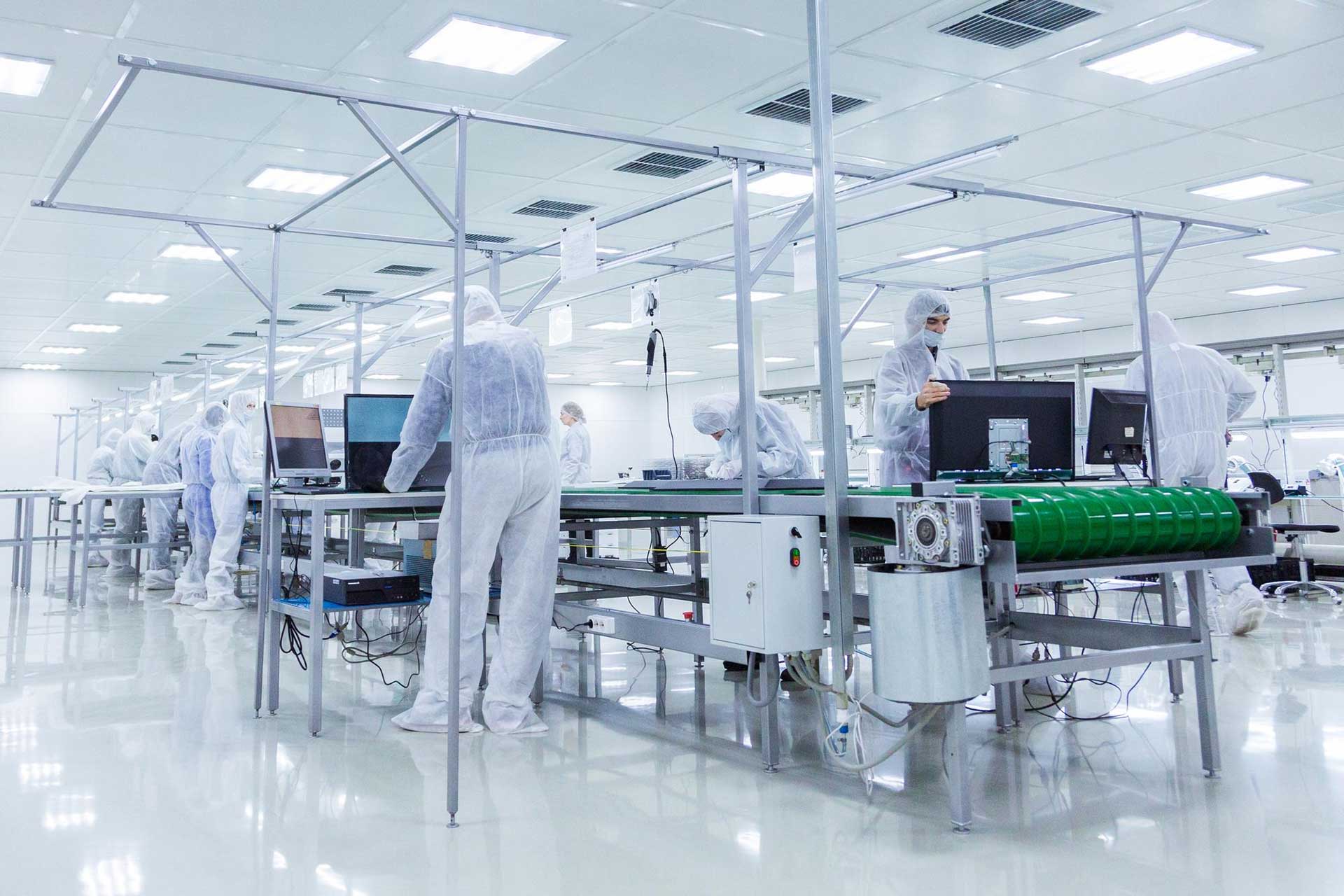Cleanroom compliance is often associated with ISO 14644, but in semiconductor manufacturing, ISO standards are only part of the equation. Semiconductor fabs must also align with industry-specific and regional regulations to ensure product quality, process stability, and long-term compliance.
Failing to meet regulatory requirements can lead to production delays, financial penalties, or supply chain disruptions—all of which impact a fab’s bottom line. Understanding these broader compliance frameworks is key to staying ahead.
Beyond ISO 14644: What Other Regulations Matter?
While ISO 14644-1 governs cleanroom classification based on airborne particle count, semiconductor manufacturing involves additional contamination control challenges. Regulatory frameworks go further by addressing chemical exposure, airborne molecular contamination (AMC), and process-specific environmental controls.
Key regulations impacting semiconductor cleanrooms:
SEMI Standards (Semiconductor Equipment and Materials International)
- SEMI F51: Addresses airborne molecular contamination (AMC) limits—critical for fabs handling advanced nodes and sensitive materials.
- SEMI E89: Outlines best practices for contamination monitoring in semiconductor environments.
Federal and Regional Cleanroom Regulations
- U.S.: FDA cGMP Regulations (for semiconductor applications in medical devices).
- Europe: EU GMP Annex 1 (relevant for semiconductor fabs supporting biotech or pharma).
- China: GB 50073-2013 & National Standards (governing cleanroom operation in manufacturing).
- Malaysia & Southeast Asia: Adaptations of ISO and SEMI standards for compliance with local manufacturing laws.
These regulations exist because particle control alone isn’t enough. Semiconductor processes also require strict chemical control, humidity management, and contamination mitigation strategies to maintain high-yield production.
Why ISO 14644 Alone is Not Enough
Advanced Nodes Demand Stricter Controls
As semiconductor geometries shrink to sub-10nm and beyond, airborne molecular contamination (AMC) becomes a more significant risk than traditional airborne particles. Meeting ISO 14644 classifications alone does not address AMC challenges, which is why compliance with SEMI F51 and other molecular-level contamination standards is necessary.
Cross-Industry Compliance for Semiconductor Cleanrooms
Not all semiconductor cleanrooms are the same. Fabs supporting pharmaceutical, biotech, or aerospace applications may need to follow GMP (Good Manufacturing Practices) or other industry-specific contamination control regulations beyond ISO 14644.
Regulatory Variations Across Global Facilities
Multinational semiconductor manufacturers must align their cleanroom strategies with different compliance frameworks in each region. A facility in the U.S. will have different regulatory concerns than one in China or the EU, making a standardized yet flexible compliance strategy essential.
How H&H First Consultancy Supports Compliance & Risk Mitigation
Navigating multi-layered compliance frameworks requires a proactive approach. At H&H First Consultancy, we help semiconductor manufacturers:
- Conduct regulatory compliance assessments – Evaluating ISO, SEMI, and regional standards across multiple fab locations.
- Design contamination control strategies – Implementing cleanroom layouts, AMC monitoring, and environmental controls that meet global regulatory requirements.
- Perform audits and continuous monitoring – Ensuring long-term compliance with evolving industry standards.
Semiconductor manufacturing is an increasingly complex, high-stakes industry where compliance directly impacts production stability and yield optimization. Keeping cleanroom operations aligned with global regulatory expectations is critical for maintaining efficiency, reducing risk, and ensuring long-term operational success.
Is your cleanroom strategy aligned with global compliance demands? Let’s talk – https://hhfirstconsultancy.com/contact-us/



